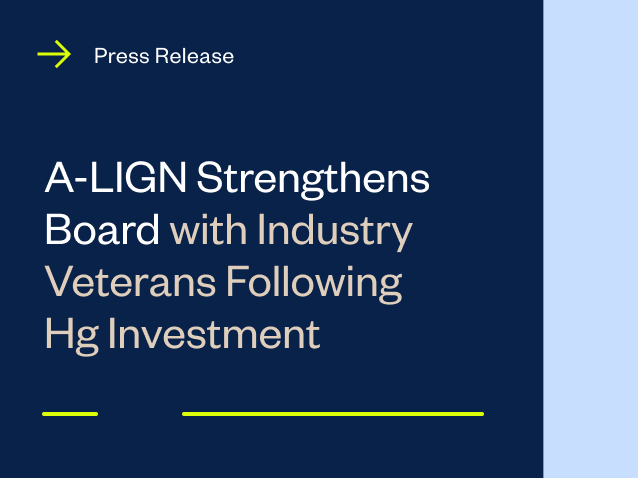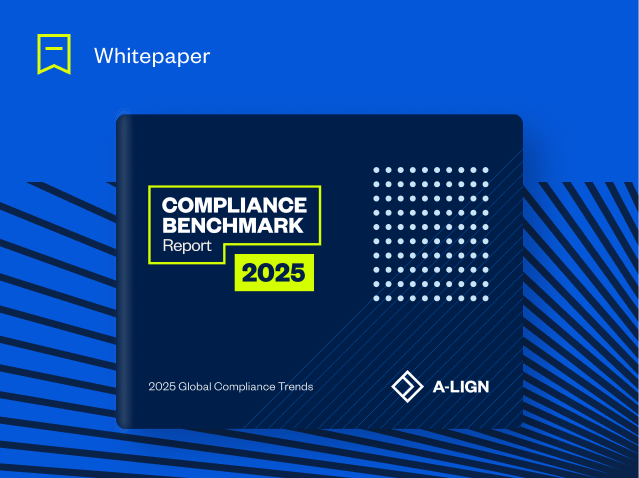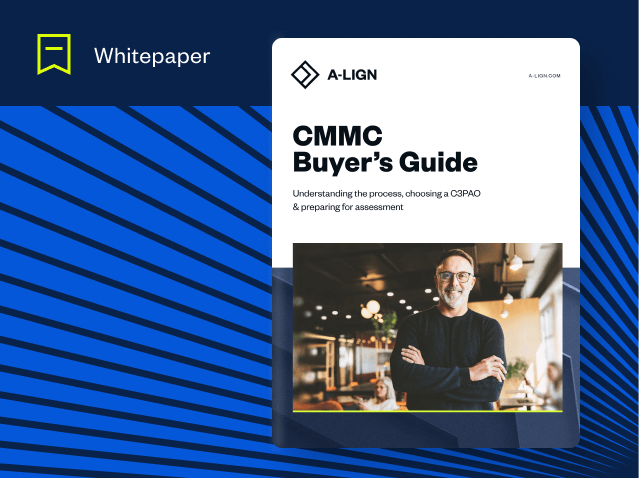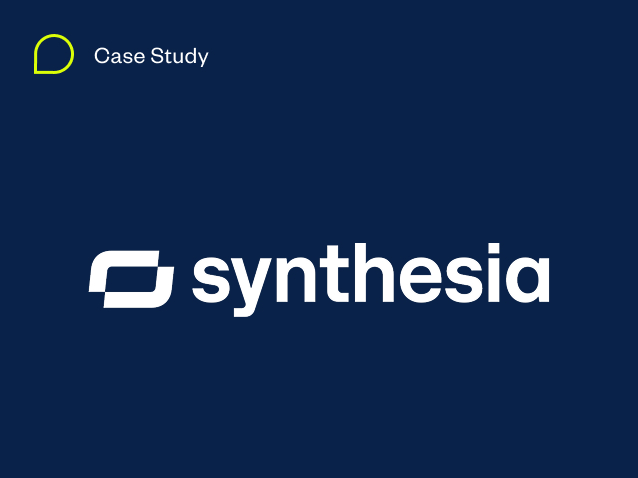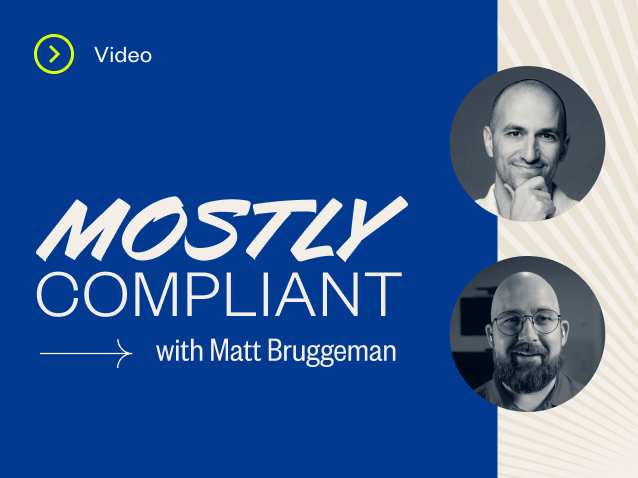Which Security Compliance Assessment is Right for Your Organization?
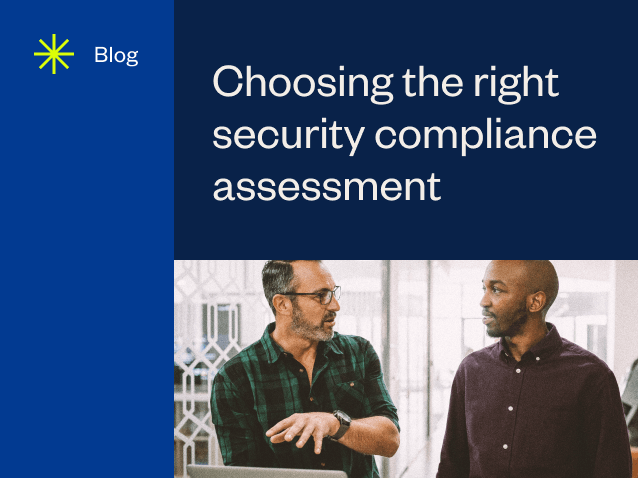
Choosing the right security compliance framework is critical for protecting sensitive data, meeting industry standards, and building trust with customers and partners. With a wide range of certifications and regulations, it can be challenging to know where to start. This guide breaks down key compliance frameworks — federal, international, and industry-specific — to help you identify the best fit for your organization.
SOC compliance: Verifying security and building trust
System and Organization Controls (SOC) reports, developed by the AICPA, provide independent, third-party verification that a company has the appropriate safeguards in place. These examinations help service organizations build trust and confidence in their processes and controls.
SOC 1
A SOC 1 report is tailored for organizations whose services directly impact the financial reporting of their customers. The main goal of SOC 1 is to ensure controls are in place and operate effectively to address the risk of inaccurate financial reporting. While its scope is focused, it plays a vital role in establishing trust between a service organization and its user entities. This report is essential for businesses like payroll processors, cloud service providers handling financial data, and HR technology platforms.
SOC 2
SOC 2 is the industry standard for service organizations — especially SaaS companies, data centers, and managed service providers (MSPs) — that need to prove they are protecting customer and partner data. A SOC 2 audit examines an organization’s security posture based on the AICPA’s Trust Services Criteria. Providing an independent, reliable source of assurance, a SOC 2 report is often considered a cost of doing business because it establishes trust, drives revenue, and unlocks new opportunities.
ISO compliance: Global standards for security and technology management
The International Organization for Standardization (ISO) sets globally recognized standards that help organizations demonstrate strong security and responsible technology management. For any business seeking to formalize information security, meet regulatory requirements, or compete in international markets, two of the most relevant certifications are ISO 27001 and ISO 42001.
ISO 27001: Information security management
ISO 27001 is the leading global standard for establishing and managing an Information Security Management System (ISMS). It guides organizations in safeguarding sensitive information through a structured approach involving people, processes, and technology. Because it is risk-based, organizations must identify their most significant risks and implement tailored security controls. Achieving ISO 27001 certification boosts customer confidence, supports regulatory compliance, and gives a competitive edge in security-focused markets, especially for those working internationally or with clients who require robust assurance.
ISO 27701: Privacy information management
ISO 27701 is an international standard for organizations that collect, process, or store personal data and need to demonstrate strong privacy management. It provides a comprehensive framework for establishing a Privacy Information Management System (PIMS), helping companies identify privacy risks, implement effective controls, and build trust with customers and partners.
In 2025, ISO 27701 was updated to become a standalone certification — previously, it could only be implemented as an extension to ISO 27001. This change means organizations can now certify their privacy management practices independently, making the process more accessible and flexible. The revision also expands coverage to address emerging risks related to biometrics, IoT, and AI, and further clarifies requirements for both data controllers and processors.
ISO 42001: AI management
ISO 42001 is the first international standard designed specifically for organizations that design, develop, implement, or use artificial intelligence systems. This framework provides guidance on managing AI responsibly, addressing issues like transparency, fairness, and accountability, and helping companies align with both regulatory requirements and ethical best practices. ISO 42001 certification demonstrates a proactive commitment to trustworthy AI, supporting efforts to manage AI risks, comply with emerging regulations, and helping companies stand out from competitors — making it valuable for organizations of any size aiming to build trust with partners and customers in their AI capabilities.
Federal compliance: CMMC, FedRAMP & GovRAMP
Federal compliance frameworks are essential for organizations that work with the U.S. government or handle government data — particularly those aiming to access or retain government contracts and demonstrate a deep commitment to safeguarding sensitive information.
Three key frameworks dominate most government contracting: CMMC, FedRAMP, and GovRAMP (formerly known as StateRAMP).
Cybersecurity Maturity Model Certification (CMMC)
CMMC is designed for defense contractors and subcontractors within the Defense Industrial Base (DIB) who manage Federal Contract Information (FCI) or Controlled Unclassified Information (CUI), especially organizations responding to DoD contracts. CMMC 2.0, released in October 2024, streamlines the framework into three levels of compliance, each tailored to the sensitivity of the information being handled:
- Level 1 (Foundational): Focuses on basic cybersecurity practices for organizations handling FCI. Compliance is demonstrated through annual self-assessments.
- Level 2 (Advanced): Designed for organizations managing CUI, this level aligns with the 110 practices outlined in NIST SP 800-171. Critical CUI handlers require third-party assessments every three years.
- Level 3 (Expert): Reserved for the most sensitive programs, this level incorporates additional requirements from NIST SP 800-172 and mandates direct assessments by the Department of Defense (DoD).
The rollout of CMMC 2.0, formalized under the 48 CFR rule, establishes a phased approach to mandatory compliance for new DoD contracts. This rule empowers contracting officers to include CMMC requirements in contracts, ensuring that organizations meet the necessary cybersecurity standards to protect sensitive information.
FedRAMP
FedRAMP is required for Cloud Service Providers (CSPs) looking to do business with U.S. federal agencies. It’s most relevant for technology vendors who want to offer cloud-based solutions to government clients at the federal level. Achieving FedRAMP authorization is mandatory, as federal agencies may only use cloud systems with a FedRAMP Authorization to Operate (ATO).
The program’s primary goal is to accelerate the secure adoption of cloud services across the federal government. A key principle of FedRAMP is its “do once, use many” model. This means a single ATO can be used by any federal agency, saving significant time and money for both providers and the government by streamlining the assessment process. The FedRAMP 20x initiative further accelerates authorization for Low and Moderate impact levels by simplifying processes, leveraging automation, and allowing CSPs to pursue authorization without an agency sponsor.
GovRAMP
GovRAMP, previously known as StateRAMP, is the go-to framework for cloud vendors, managed service providers, and IT companies seeking to serve U.S. state, local, or educational (SLED) agencies and institutions. It establishes standardized security requirements for non-federal government bodies, drawing on NIST 800-53 as its foundation.
The objective of GovRAMP is to help state and local governments protect citizen data, save taxpayer and service provider dollars through a “verify once, serve many” approach. Like FedRAMP’s “do once, use many” model, this principle streamlines processes, lessens the administrative burdens on government agencies, and promotes cybersecurity education and best practices in both industry and government communities.
HITRUST compliance: Comprehensive security for data protection
HITRUST offers a framework of security and privacy controls known as the HITRUST Common Security Framework (CSF). The CSF is unique because it harmonizes multiple authoritative sources — including HIPAA, ISO, NIST, and PCI DSS — into a single, integrated set of controls. This allows organizations to meet the requirements of many standards at once.
The primary goal of HITRUST is to provide a prescriptive and consistent approach to risk management. Although it originated in the healthcare industry and is considered the “gold standard” for protecting ePHI, the framework was made industry-agnostic in 2019. While not federally mandated, HITRUST is considered one of the most comprehensive frameworks because of its mapping to numerous other standards.
Penetration testing and vulnerability assessments: Strengthening your security posture
While not a compliance framework itself, security testing in between audit engagements is a foundational component of maintaining nearly every certification.
Penetration testing
Pen testing is a simulated cyberattack carried out by ethical hackers to uncover security weaknesses in your systems before real attackers can. Unlike automated scans, pen testing uses human expertise to find and safely exploit vulnerabilities, providing a realistic view of your risk. A well-executed pen test offers insights into weak points and how to remediate them, allowing you to reduce your attack surface and make informed security decisions.
Vulnerability assessments
A vulnerability assessment is a means of detection; it scans an organization’s network and systems for known weaknesses, mapping out threat surfaces for your team before malicious actors can take advantage of them. When paired with a pen test — which takes a preventative approach — you increase your visibility into gaps across your network. This combination enables organizations to take a more proactive approach to enhancing their security posture.
Expert guidance for choosing the right framework
With so many frameworks and certifications to consider, it’s important to have a clear plan tailored to your unique needs. A-LIGN’s team of experts can help you navigate these complexities, identify the best fit for your organization with our depth of services, and develop a compliance roadmap to guide your efforts. Reach out to us to explore how we can support your compliance journey and strengthen your security posture.
